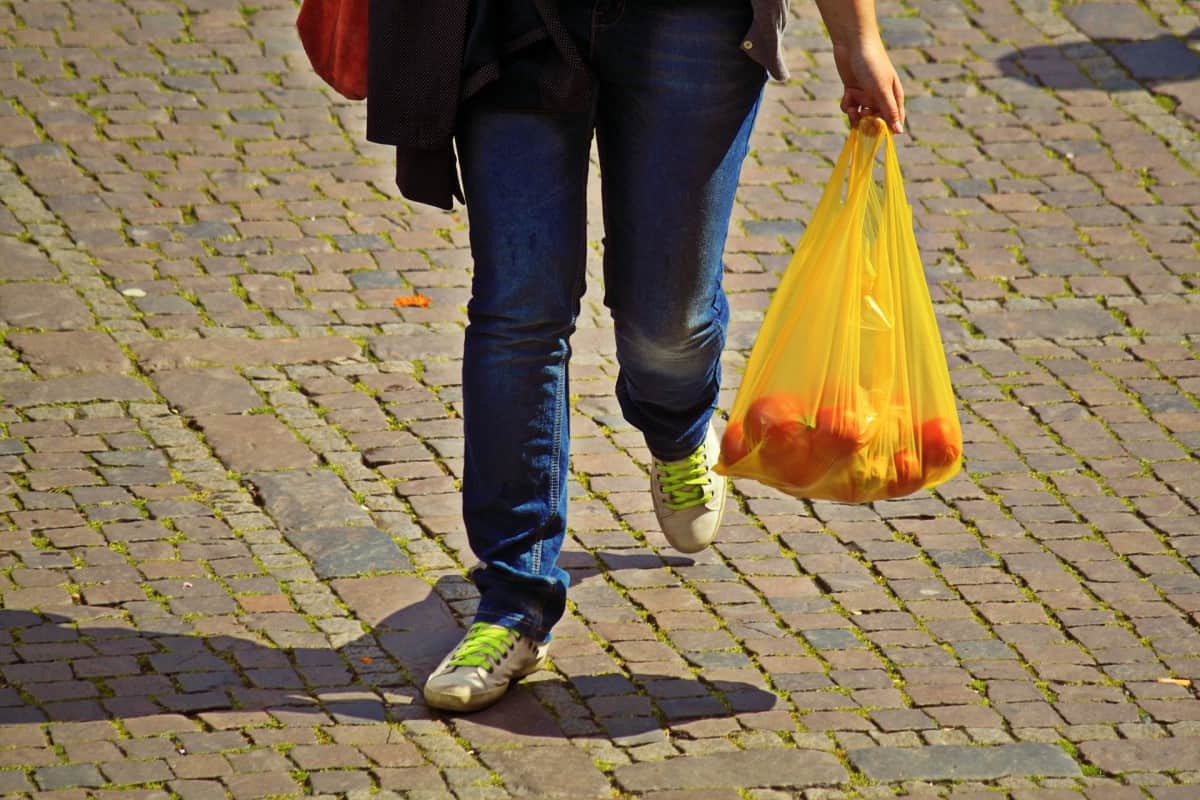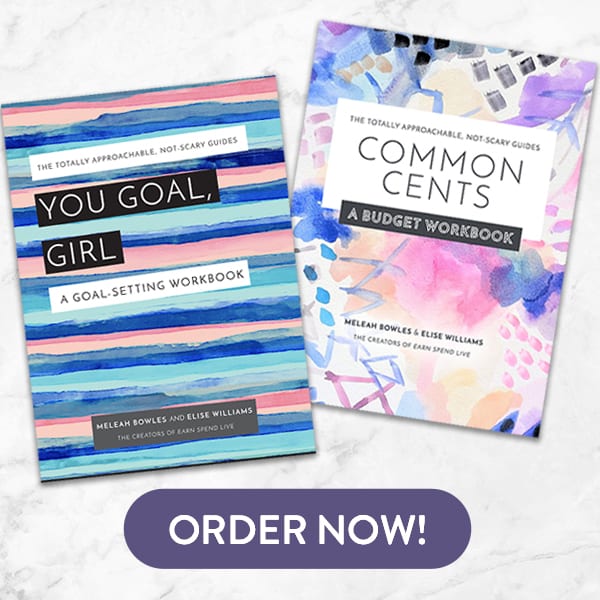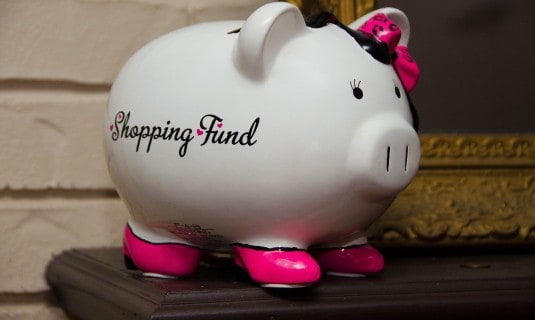7 Tips for Grocery Shopping on a Budget

The university cafeteria and simultaneous lack of a dorm room kitchen were the banes of my existence — until I got a kitchen and realized this refrigerator didn’t magically refill itself like the one we had growing up did. And that food was expensive. There were two options: go out to dinner for a single night, or be able to feed myself at home for three days with the money I would have spent on a hamburger and french fries.
Every time it seemed I had figured how to eat healthfully but thriftily, inflation struck. And then the options became “pay the electric bill” or “buy groceries.” It took a few years of the real world, some old advice from my mom, and a kick in the pants from myself, but it is, in fact, possible to live on more than ramen noodles and tap water (even if you only make minimum wage). Here’s how to grocery shop on a budget.
1. Don’t Shop Hungry
People use this as a weight loss tip, but the fact of the matter is your impulse control doesn’t kick in quite the same way if you’re shopping for a week with a growling stomach. Everything looks good, so everything goes into the cart. You’re not worried about what the price tag, the nutritional facts, or the fact that a pack of cookies costs as much as a package of lunch meat. Eat before you leave so your head is in charge — not your stomach.
2. Know your Limit
You know how much your bills are going to cost a month and around how much money you make — even if your hours vary, you know what you make an hour and can figure it out close enough. Always underestimate your intake and overestimate what you owe. Once you know what you have left, you can allocate a certain amount to the other things you need — gas, groceries, deodorant. The essentials. When you know how much you can spend, you do a better job of buying things that are going to feed you rather than things that look tasty.
3. Bring a List
Write things down as you run out of them, and then add the things you think you need before you go to the store. Come up with an estimate of what that’s going to cost, and then you know how much you have left over for spur of the moment needs.
Bear in mind that you’re inevitably going to forget to add something to the list (probably something expensive). A list may not totally curb impulse shopping, but gives you a cap for non-list items.
4. Buy in Bulk
This doesn’t mean you should buy the eighteen pack of eggs if you only need two to make something and the other sixteen will go rotten in the back of the fridge. But for things you’re going to have to buy over and over again — coffee creamer, eggs, milk, whatever it is that you use on a regular basis — it’s almost always cheaper to buy more.
It costs less to buy one gallon rather than two half gallons, because the manufacturer and grocery stores don’t have to pay twice to make, ship, and shelve the single gallon. Even though it’s more expensive in the short term, you’re saving money in the long run.
5. Read the Small Print
Sometimes things that have a bigger price tag are actually less expensive because there’s more of it in the box, bag, or carton. On the corner of a grocery store price tag, there’s a much smaller number that tells you how much the item is per ounce, or piece or whatever it comes in. And the store brand isn’t always the least expensive.
Let’s say a bag of chips costs $5.00, and there’s five ounces of chips. First of all, if you’re on a budget, you should never buy a $5.00 bag of chips. But second of all, in the square in the corner, it should say “$1.00/oz.” It’s a very handy way to make sure you get the most bang for your buck without having to do a lot of decimal division in your head.
6. Ditch Snack Foods
If you’re having trouble keeping food on the table, cut out the things you don’t really need. Plan for meals first, and organize your lists by the most to least necessary.
The healthier you eat, the more filled up your body feels, which means you effectively eat less food. So even though you might be paying a little more for an apple than a cookie, the apple fills you up while the cookie just makes your pants tighter.
7. Plan Ahead
Maybe you can buy a frozen meal for $1.00. But those barely make one whole meal, never mind several. For five dollars, you can buy a loaf of bread and a package of turkey. Even if you eat two sandwiches for lunch every day, it still gives you lunch for a week at about half the price of a frozen option.
Life advice moment? If you’re one of those people who thinks leftovers are gross, get over it. You’re feeding yourself now. Mom’s not there to pay for it, dress it up, and make you think it’s fresh out of the oven instead of pulled out of the freezer after a week.
Last modified on November 9th, 2016






Show Comments +